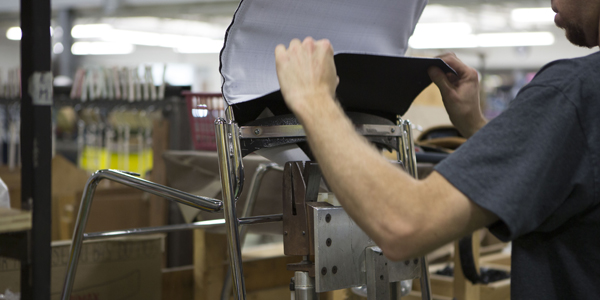A Brief Look at Rapid Prototyping in the Manufacturing Industry
Rapid prototyping is a new additional to the digital manufacturing processes, and it involves the formation of three-dimensional objects using the latest CAD applications. This process helps in converting the theoretical designs into real physical objects easily and quickly. Initially, rapid prototyping was developed using stereo lithography. It is also known as three-dimensional printing, additive fabrication, and freeform fabrication. Employing a CAD application for the purpose of designing a physical object is quite simple. The image has to be created on a computer, and it will be used by a special machine in order to form successive layers using a powdered material or liquid.
Usually, the fabrication material that is used in this process of rapid prototyping is a variety of plastic. Sometimes, metal and ceramic might also be used to create the product. The physical model is created to match the cross sections of CAD models, and each layer is fused to another using an occasional glue or special laser. The rapid prototyping is a very useful tool for engineers, architects and other professionals who create 3D models to show their clients. This process is useful when there is a short design time and a necessity to perform several tests at an affordable cost.
 A major field in which the rapid prototyping process has a great importance is the healthcare field. The physicians and surgeons practice on 3D models of the muscular skeletal system of the patients before a surgery. This practice helps in reducing the faults during surgery and minimizes the recovery time. With the rapid prototyping process, it is possible to manufacture custom prosthesis such as knee joints and hips. This helps millions of patients to make use of this technology.
A major field in which the rapid prototyping process has a great importance is the healthcare field. The physicians and surgeons practice on 3D models of the muscular skeletal system of the patients before a surgery. This practice helps in reducing the faults during surgery and minimizes the recovery time. With the rapid prototyping process, it is possible to manufacture custom prosthesis such as knee joints and hips. This helps millions of patients to make use of this technology.